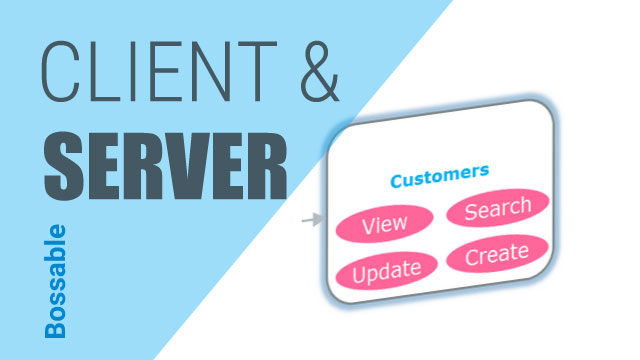

- Storyboard quick 5 authorization how to#
- Storyboard quick 5 authorization update#
- Storyboard quick 5 authorization code#
These services redirect you to log in using. If you use Google web applications such as Gmail and YouTube, you’ve seen this in action. When you use Auth0 to add login/logout capability to your apps, you delegate authentication to an Auth0-hosted login page. It appears in a web browser view embedded in your app: Pressing the Continue button on the alert box takes the user to the Auth0 Universal Login screen. iOS automatically displays the alert to let users know their personal data is being shared as part of the login process. iOS’ privacy policy requires the user to be informed when an app is sending or receiving personal information about the user from a third party (Auth0 in this case). The app delegates the login process to Auth0, and after the user logs in, Auth0 sends information to the app about the user, such as their name, email address, and the URL for the user’s photo. However, before that happens, the user will see an alert box: Pressing the Log In button starts the process that leads to the Auth0 Universal Login screen. The buttons in the app use the Filled button style.
iOS 15 introduced four pre-defined button styles, three of which provide a background that lets the user know that it is indeed a button. Note that the buttons look like buttons instead of blue text. When you launch the completed app, you’ll see a greeting, a Log In button, and a disabled Log Out button: While logged in, the user will be able to see the following information from their user profile: I’ve purposely kept it as simple as possible to keep the focus on authentication. You’ll use Auth0 to build a single-screen iOS app that allows users to log in and log out. This article is about adding login and logout to UIKit apps. You program UIKit apps imperatively, which means that you define how the app moves between states, how the UI should change appearance when the app changes state, and how the app should behave in different states. You then connect those elements to variables and methods in the app’s view controllers using outlets and actions. UIKit, also known as “the original one.” With UIKit, you build user interfaces by dragging user interface elements onto storyboards.We cover adding login and logout to SwiftUI apps in our article, Get Started with iOS Authentication using SwiftUI, Part 1: Login and Logout. If you know React programming, you’ll find SwiftUI familiar. You don’t have to specify how the UI moves between those states - it takes care of that for you.
Storyboard quick 5 authorization code#
Storyboard quick 5 authorization update#
You won’t have to update it yourself or handle “behind the scenes” issues, either! Instead, you can concentrate your efforts on what your app does. You’ll also be able to add features such as social accounts, multi-actor authentication, passwordless login, biometrics, and more. With Auth0 and a few lines of code, your app can have a full-featured system that supports logging in with a username/password combination and single sign-on.

You’d also have to deal with user management, scaling, and security issues, each of which has dozens of considerations, risks, issues, and edge cases.Īuth0 solves this problem. Just handling the many ways users want to log in can quickly grow into an all-consuming task.
Storyboard quick 5 authorization how to#
This article will show you how to use Auth0 to add fully-featured login and logout to a UIKit-based iOS/iPadOS app so that you can focus your time and effort on its actual functionality.Īdding authentication - the more formal term for “login/logout” - only looks simple. If you make iOS or iPadOS apps, you’ll eventually have to build one that requires users to log in.


 0 kommentar(er)
0 kommentar(er)
